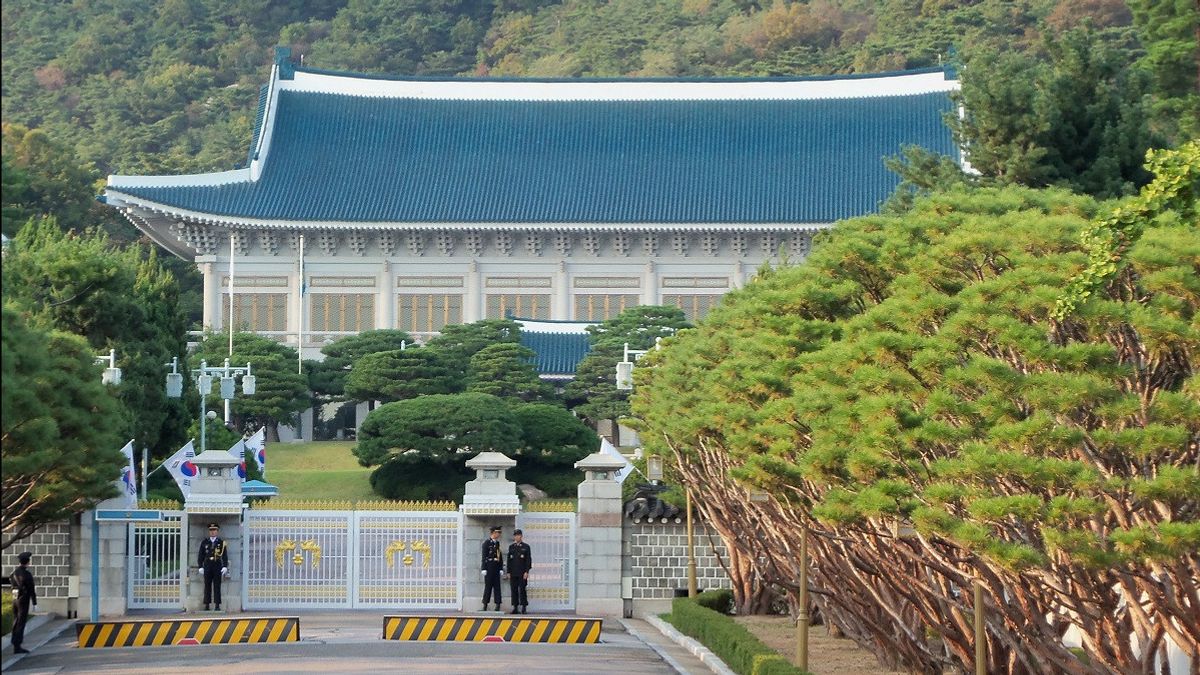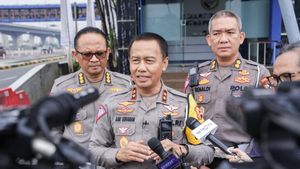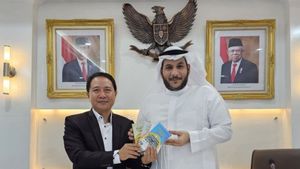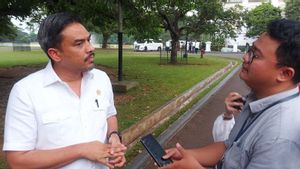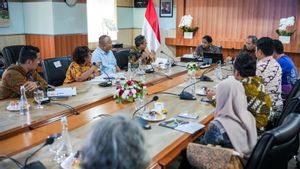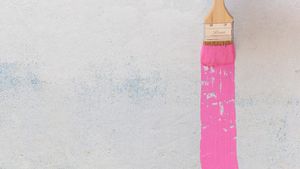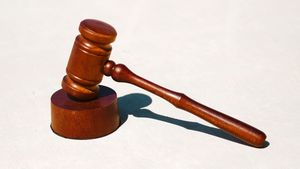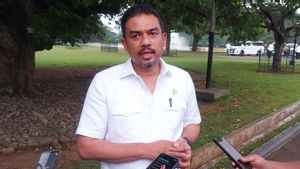JAKARTA - The Cheong Wa Dae or Blue House will open to the public on May 10, in line with South Korean President-elect Yoon Suk-yeol's promise to return the presidential complex to the people and relocate the presidential office, officials said Wednesday.
Officials of the presidential transition committee and the National Police Agency, have decided to open the complex at 10 a.m. on Yoon's inauguration day for a two-hour public tour, which will bring in up to 6,500 visitors per tour for a total of 39,000 people per day.
For the second day, the tour will start at 7 a.m. and end at 7 p.m., officials said. The plan, the opening of the first series will last until May 20.
Quoting the Korea Times on April 20, prospective visitors must make an online reservation in advance at www.opencheongwadae.kr.
Previously, the southern flank of Mount Bukak behind Cheong Wa Dae, which was largely closed to the public after a 1968 infiltration raid by North Korean commandos who failed in their mission to assassinate President Park Chung-hee, would also be open to the public during the same period.
"Given the public inconvenience and the goal of returning Cheong Wa Dae to the people, I believe it is the right choice to make an immediate decision to move to the headquarters of the Ministry of National Defense in Yongsan," Yoon said at a press conference some time ago.

He said he would begin his presidential term on May 10 in the new office, located next to the US Army's Yongsan Garrison, and the Cheong Wa Dae site would be open to the public. The defense ministry will be moved to the headquarters of the Joint Chiefs of Staff (JCS), which is also within the compound. The JCS will be temporarily relocated to the Army Public Affairs Division building before being moved to the Namtaeryeong area in southern Seoul.
Cheong Wa Dae is a complex with several buildings including the presidential residence and office and other facilities for presidential aides and security personnel. It has been the office for all Korean presidents since the country was founded in 1948.
Throughout history, the presidential office has had a symbolic status as the seat of presidential power, and presidential aides have also enjoyed strong authority through this system. This has often resulted in infighting between the president's secretary and Cabinet members, raising concerns over the president's "imperial" powers.
During his campaign, President-elect Yoon vowed to move the presidential office, to end the legacy of the imperial presidency and make the presidential office more open to the public in order to improve his communication with the people.

Initially, Yoon promised to set up a presidential office at the Government Complex in Gwanghwamun, which is close to Cheong Wa Dae, but eventually decided on a defense ministry building, citing difficulties relocating existing ministries in the Government Complex and public inconvenience due to the President's security procedures.
“Moving to Yongsan has been one of the options during the campaign. Meanwhile the Ministry of Defense has security facilities already in place, such as underground bunkers, and plenty of room for the ministry of defense to move around. The Government Complex in Gwanghwamun will require a new building for the ministry of foreign affairs, and We have to use the facilities at Cheong Wa Dae again."
While revealing the concept for the new presidential office, Yoon also said his administration will set up a park around the office using nearby US Army land that is scheduled to be returned to Korea, so people can see the President at work.
It is known, Removing the presidential office from Cheong Wa Dae was one of Yoon's main campaign promises.
Yoon decided to set up a new presidential office in what is now the defense ministry building in Yongsan, downtown Seoul, saying the relocation would help him better connect with the people.
The English, Chinese, Japanese, Arabic, and French versions are automatically generated by the AI. So there may still be inaccuracies in translating, please always see Indonesian as our main language. (system supported by DigitalSiber.id)
